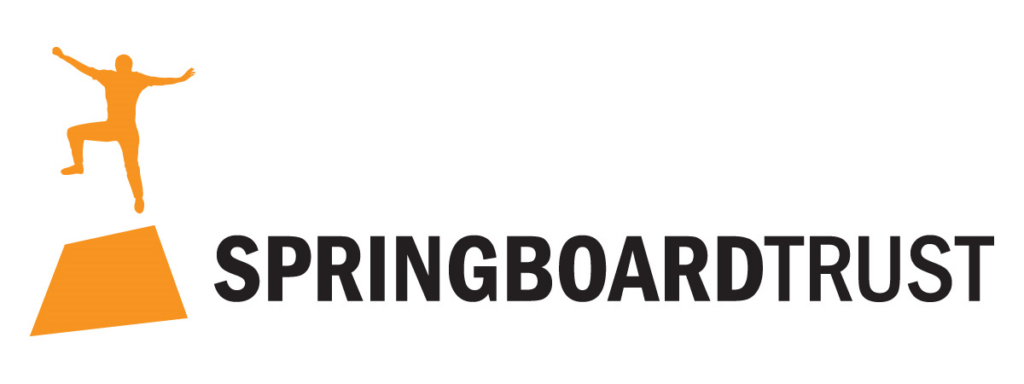Leadership in New Zealand schools doesn’t rest solely with the principal.
By distributing leadership throughout a team, you clarify accountabilities, efficiently delegate workload, and give all of your people the opportunity to thrive.
Typically, this distributed leadership begins with your senior leaders – DPs and APs and the like. But as recent research shows, teacher leadership is just as – if not more – critical for student success.
What is teacher leadership?
Broadly speaking, teacher leadership is what it says it is – active teachers taking on more leadership roles within their school. As Charlotte Danielson explains, this is typically exhibited through a teacher’s sphere of influence expanding outside the classroom, as well as motivating and mobilising other individuals. It remains focused on the school’s ultimate vision and goals.
Additionally, Leblanc and Shelton (2012) found that collaboration is fundamental for teacher leaders, while time is the most important resource to make it happen.
This can mean that teacher leadership is a difficult concept to put into practice. With already long hours and staffing challenges for schools across New Zealand, a formalised programme to develop teachers into strong educational leaders can fall down the priority list.
But for those who can implement such a strategy, it can pay dividends in the long-term.

Distributing leadership all the way down
When school leadership is distributed, it can have a significant positive influence on student outcomes. However, some methods of spreading leadership throughout a school are more effective than others.
The above research – Seven Strong Claims Revisited – summarises a few key elements of successful distributed leadership:
- Basing responsibilities on expertise, rather than role
- Creation of new teams
- Focus on interactions over actions
- Strong levels of leadership team cooperation and full participation in decision making
Of course, the degree to which schools can do this will vary in each case. Some may be able to flip the system, as Kneyber and Evers put it, resulting in a completely teacher-driven model for how the school is run. Others may simply use their strategic plan as a blueprint, and begin assigning initiatives and actions to teachers with the relevant expertise – giving them control and the opportunity to develop their own leadership skills.
The key is finding the balance between available resources, your teachers’ expertise, and the degree of change that your school can take on.
In terms of in-school variables, educational leadership is second only to classroom teaching in impact on learners.
Why teacher leadership matters
If you don’t focus on developing teacher leadership, you may miss out on significant impact for students.
At Springboard Trust, we focus on school leadership – especially in our foundational courses like the Strategic Leadership for Principals Programme. As principals continue their learning journey through our Alumni Services, we focus more and more on the leadership team and empower them with tools and frameworks to lead on their own.
It is vital that school leaders then impart this learning on their teachers.
As Seven Strong Claims notes, in terms of in-school variables, educational leadership is second only to classroom teaching in impact on learners.
And while teachers must be given the resources and time to continue effective practice, developing teacher leadership brings a new dimension of growth into the fold.
Harris and Jones (2019) note that teachers who play an active role in creating change yield much more positive results in their school than ones who are “passive tools of policy delivery”.
In the end, the message here is one of paying it forward. Teacher leadership will look different in every school context – but by empowering them to influence, collaborate and take responsibility, you can only deepen the pool of leadership in education and help learners succeed.









